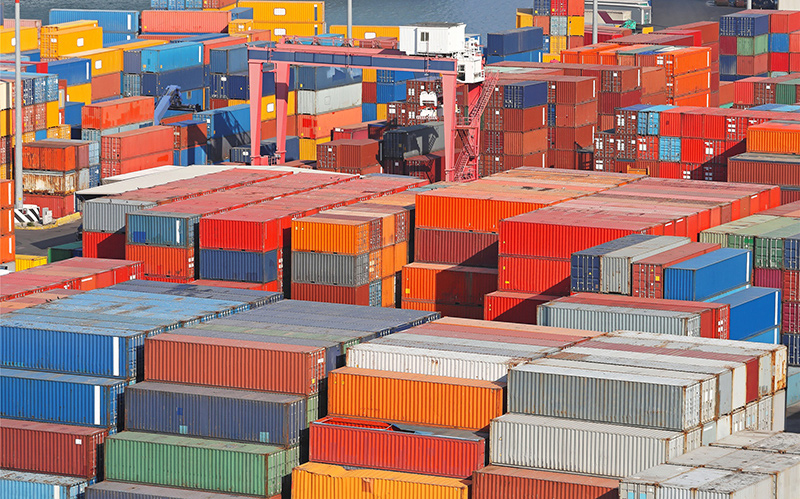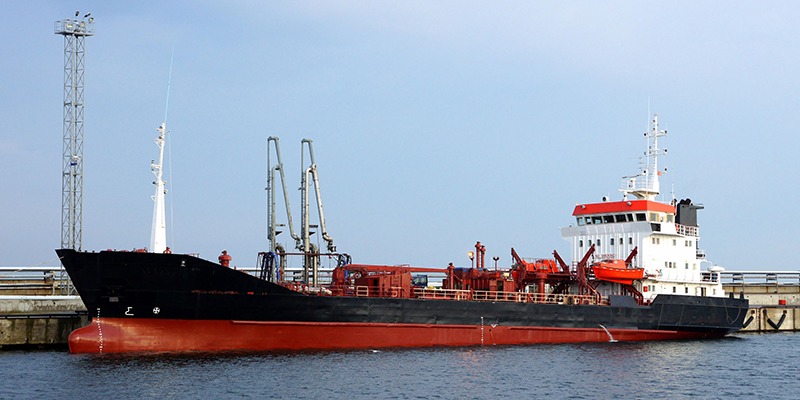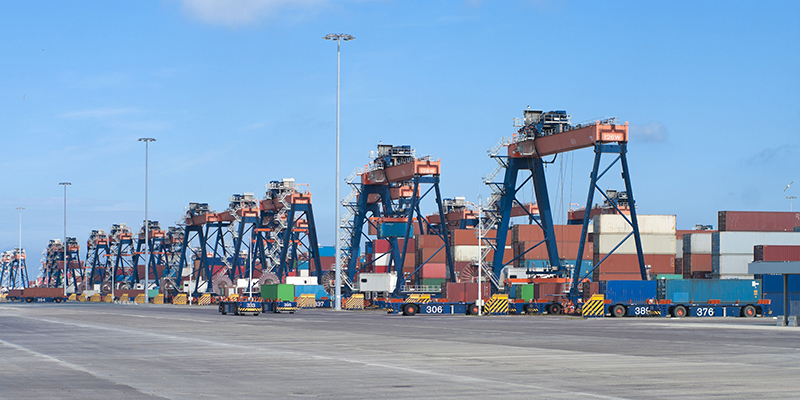current position:Home » service » International logistics

International logistics, also known as global logistics, refers to an international process of physically moving materials to overcome the spatial distance and time distance between production and consumption when production and consumption are carried out independently in two or more countries. Commodity trading or exchange activities to complete the ultimate purpose of international commodity trading, that is, to achieve the seller’s delivery of documents, goods and collection of goods, while the buyer accepts documents, pays the goods and collects the goods for trade convection conditions

Compared with domestic logistics, international logistics differs from the domestic logistics in terms of logistics environment, logistics system, information system and standardization requirements. A very important feature of international logistics is the difference in the logistics environment. The logistics environment here mainly refers to the soft environment of logistics. Different countries have different laws that are compatible with logistics, which makes the complexity of international logistics more complicated. The level of scientific and technological development of different economies in different countries makes international logistics under the support of different technological conditions, and even because some regions cannot The application of certain technologies has led to a decline in the level of international logistics system operation; different standards in different countries make it difficult for the international logistics system to establish a unified standard; the national characteristics of different countries will inevitably limit international logistics.

The main features
A wide range of systems
The functional elements of logistics itself, the communication between the system and the outside world are very complicated, and international logistics adds elements of different countries to this complex system. This is not only the vastness of the region and the vastness of space, but also the internal and external factors involved. The long-term, long-term consequences of the wide range are increased difficulty and complexity, and increased risk. Tr
Of course, it is precisely because of this that once international logistics is integrated into modern system technology, its effect is more significant than before. For example, after opening a "Continental Bridge", the speed of international logistics will increase exponentially, and the benefits will increase significantly, which illustrates this point.
Higher standardization requirements
To make international logistics smooth, unified standards are very important. It can be said that if there is no unified standard, the level of international logistics is not high. The United States and Europe have basically achieved unified standards for logistics tools and facilities. For example, pallets use 1000×1200 mm, several uniform specifications of containers and bar code technology, which greatly reduces logistics costs and reduces the difficulty of transshipment. Countries that do not move closer to this standard will inevitably spend more time and expense on many aspects such as transshipment and changing the car, thus reducing their international competitiveness.
In terms of logistics information transmission technology, European countries not only achieve internal standardization within the enterprise, but also achieve standardization between enterprises and the unified market in Europe, which makes the system between European countries easier and more convenient than their exchanges with countries such as Asia and Africa. effective.
Internationalized Information System Support
Internationalized information systems are a very important means of support for international logistics, especially international intermodal transport. The difficulty of establishing an international information system is that management is difficult. Second, the investment is huge. Since some regions in the world have higher levels of logistics information and some regions are lower, there will be an imbalance in information levels and the establishment of information systems will be more difficult.
A better way to establish an international logistics information system is to connect with the customs information systems of various countries, and to grasp the actual conditions of various ports, airports and intermodal lines and stations, and provide support for supply or sales logistics decisions. International logistics is the earliest development of "Electronic Data Interchange" (EDl), and EDI-based international logistics will have a major impact on the internationalization of logistics.